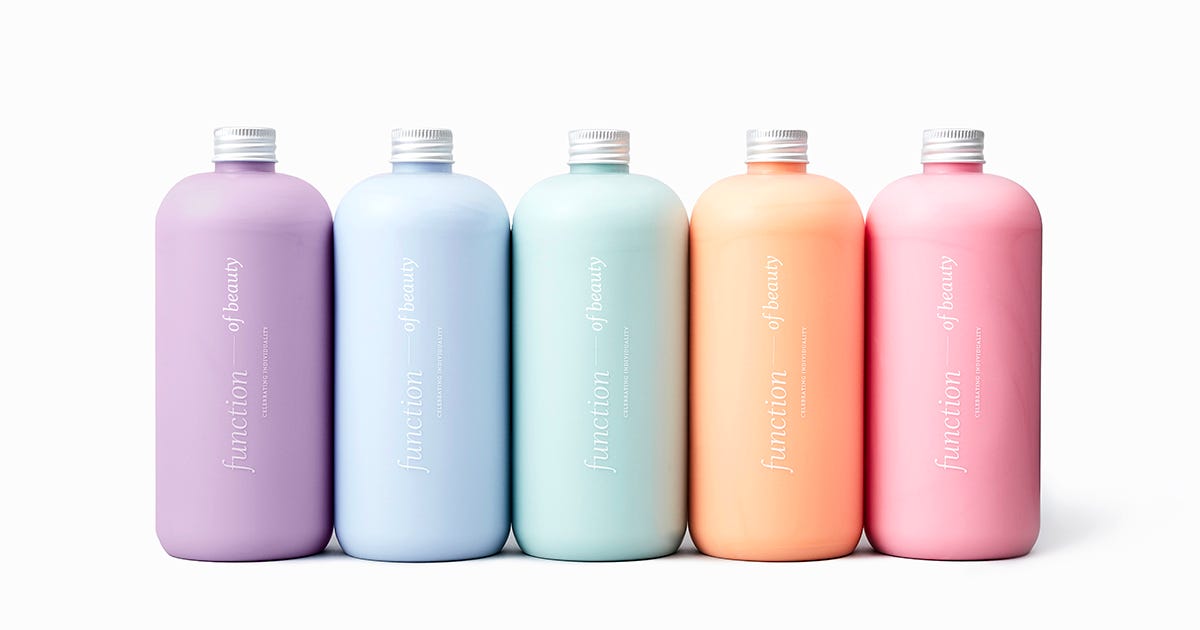Why data is the future of customization

This article was originally published on August 31st, 2017 at Fashion & Mash
Netflix has 76,897 unique ways to describe types of movies. By breaking down every single attribute describing film and television content — narrative elements, moral aspect of characters, romance quality, scariness — it came up with custom genres that are specific to the point …
Keep reading with a 7-day free trial
Subscribe to The Sociology of Business to keep reading this post and get 7 days of free access to the full post archives.

